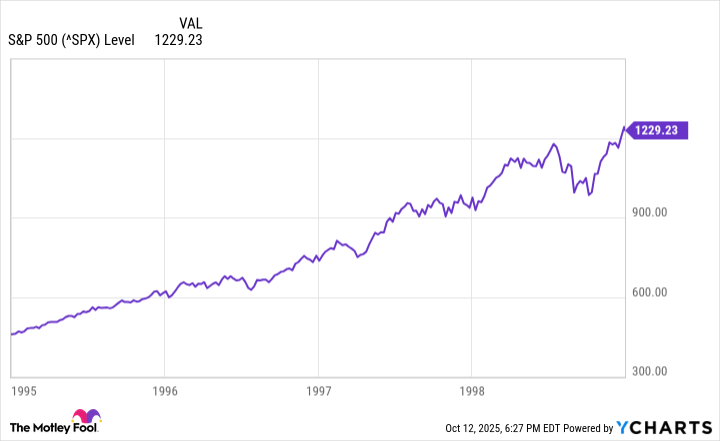A village in the UK has been hailed for its “insane” chippy and for providing visitors with an accurate taste of life in the past thanks to its “trapped in time” aesthetic and feel
A village in the north of England has been praised for its “insane” chip shop and its ability to transport visitors back in time with its “trapped in time” atmosphere. The UK is home to a wealth of scenic and historical locations that are well worth a visit.
One such place is Beamish, an open-air museum village located in County Durham, England – north-east of Stanley. It offers 350 acres of rural countryside, as well as being a “living” museum, complete with vintage shops and restaurants, Georgian gardens, historic modes of transport like trams and buses, and much more. This charming and fascinating destination has been designed to give visitors a realistic glimpse into the history of northern England, attracting hundreds of thousands of people each year who come to experience it first-hand.
The official Beamish website states: “Step into the past at Beamish, The Living Museum of the North.
“Beamish is a world famous open air museum which brings the history of North East England to life at its 1820s Pockerley, 1900s Town, 1900s Pit Village, 1940s Farm, 1950s Town and 1950s Spain’s Field Farm exhibit areas.”
It’s a mix of original buildings, replicas, and relocated structures that together create a functional “living museum” that visitors can experience as if it were the real thing.
Food content creator Callum recently embarked on a journey to the village, which look like a seemingly untouched, historic British town.
He made a stop at the renowned Davy’s Fish and Chips, known for its traditional cooking methods.
In a video tour of the chippy and the town, Callum said in a voiceover: “This is the fish and chip shop trapped in time – one of the last in the world that uses coal to heat the original 1950s fryers, with fish and chips cooked in beef dripping.”
He added: “The sweet shop makes candy by hand, the bakery makes the same cakes as a century ago. There’s no mobile phone reception up here so people actually have to talk to each other.
“A slice of England unchanged. It’s one of the most incredible fish and chips, it’s Davy’s in Beamish.”
In the caption alongside the video, he added: “Insane chippy stuck in history. Absolute scenes. Davys Fish and Chips, Beamish”.
TikTok users were quick to share their thoughts in the comments section. One user enthused: “Beamish museum if you’ve not yet been then go, it’s brilliant, them chips and fish best ever”.
Another reminisced: “We went on a school trip to Beamish when I was about 10. Loved it! I’m 57 now”.
A third said: “Wonder if no mobile reception is a specific tactic. What a world with no mobiles and social media.”
One enthusiastic fan shared: “I’ll just tell ya right now fish in beef dripping from that shop heated by coal is the BEST fried fish you will ever eat in your f***ing life”.
Another declared Beamish’s fish and chips the “best fish and chips [they] have ever had.”
While another user pleaded: “Make the WHOLE of the UK like this”.
A final commenter confessed: “Not me Googling if people live here, in attempt to escape modern society”.




